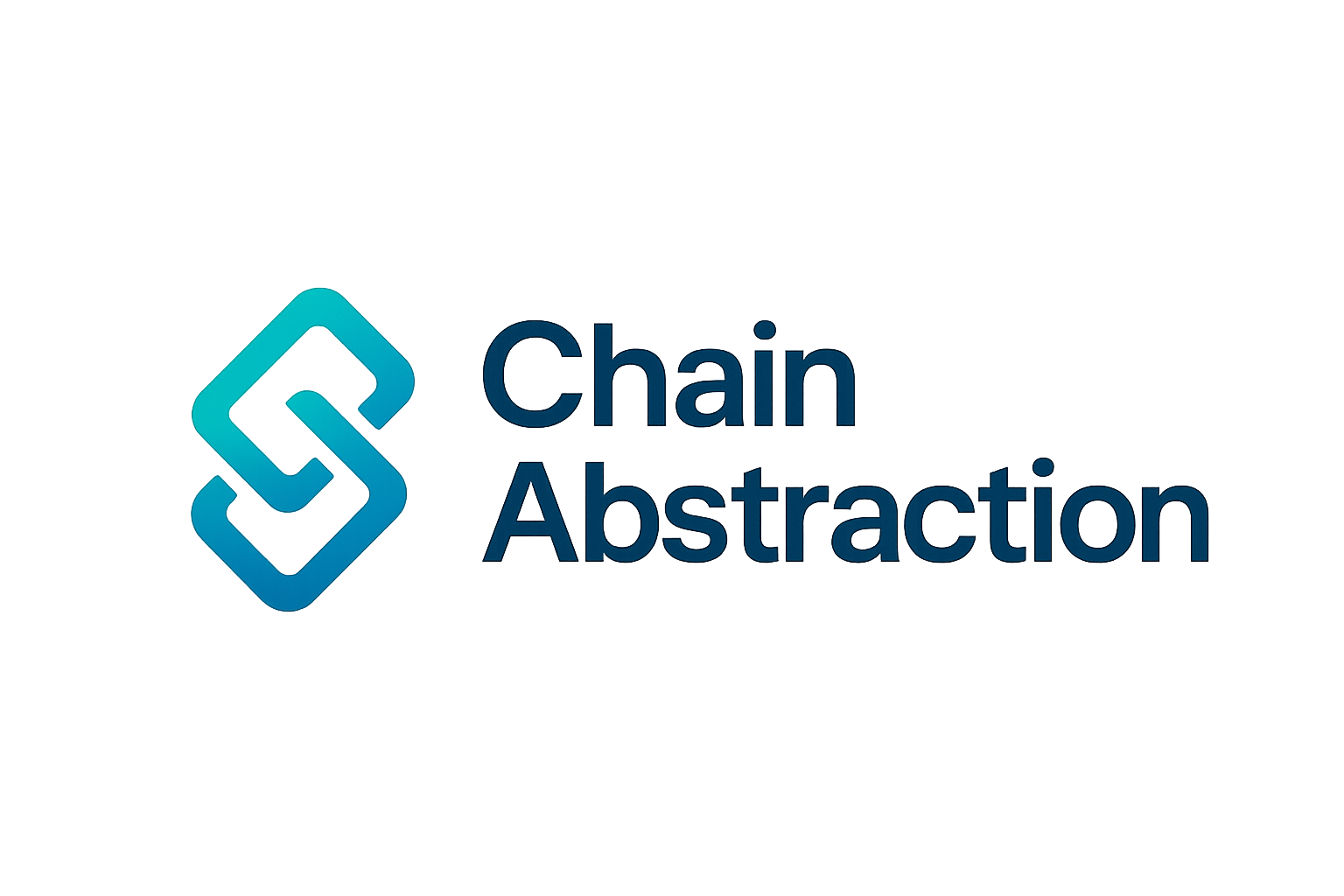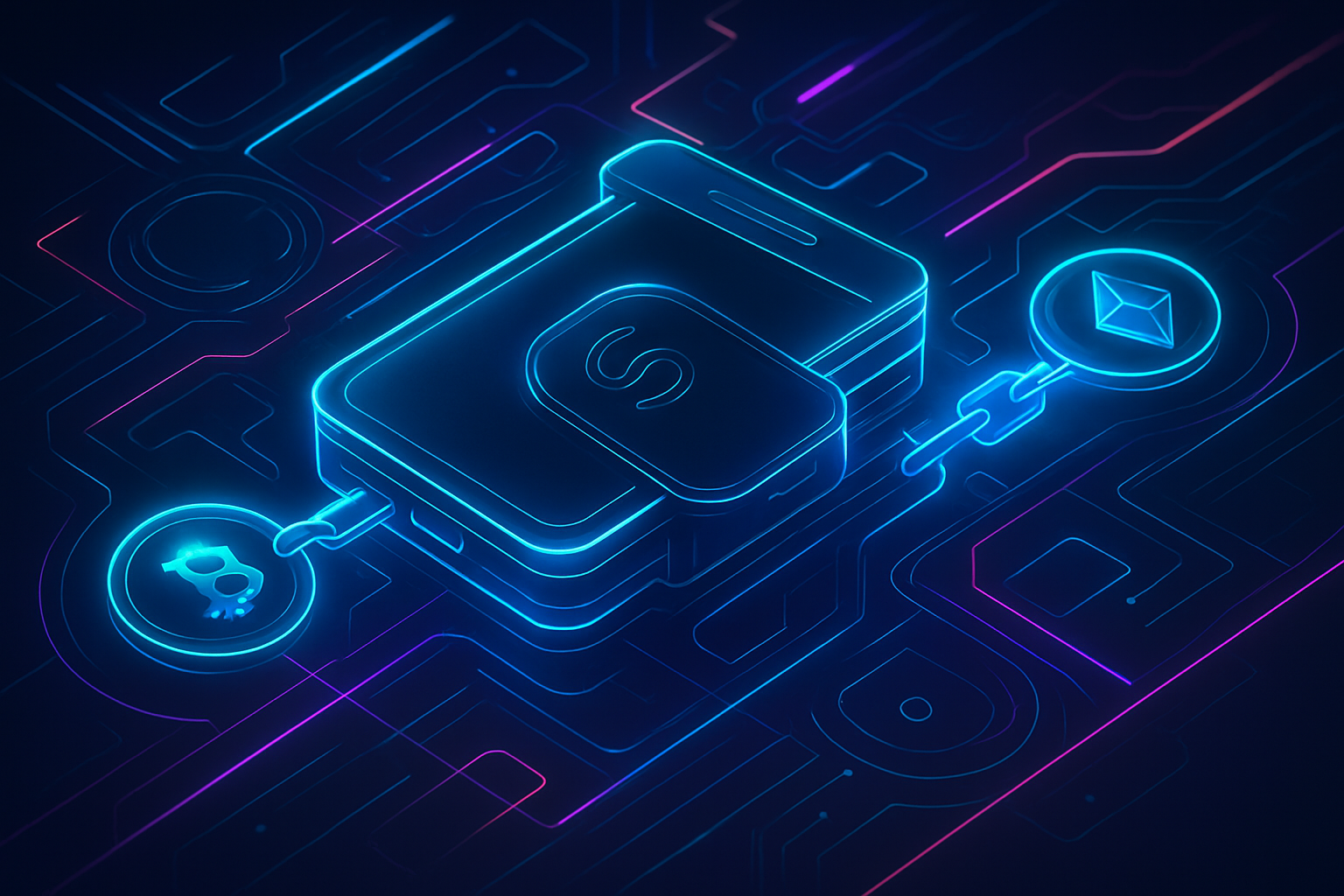
Unified crypto wallets are rapidly transforming the blockchain landscape. By abstracting away the complexities of multi-chain interactions, platforms like Bitget and Unity are making seamless blockchain transactions a reality for both novice and experienced users. The shift toward chain abstraction is more than a technical milestone – it represents a fundamental evolution in cross-chain wallet UX, directly addressing the fragmentation that has long plagued decentralized finance.

Bitget Wallet: Setting the Standard for Multi-Chain Wallet Solutions
Bitget Wallet’s recent integrations highlight why it’s becoming the benchmark for unified wallet solutions. With support for over 130 blockchains and millions of tokens, Bitget’s infrastructure allows users to interact with hundreds of DEXs and execute cross-chain swaps with minimal friction. The addition of emerging blockchains like Berachain and Sonic further cements its position as a comprehensive multi-chain wallet solution.
This broad compatibility means users can swap mainstream assets such as ETH, SOL, or BNB directly for ecosystem-native tokens like BERA or SONIC – all within a single account interface. There is no need to manually bridge assets or juggle multiple wallets. Instead, Bitget Wallet’s intelligent routing engine ensures optimal liquidity paths and transaction safety across networks.
“Chain abstraction will be the key force driving its ascension to a seamless user experience for the modern Internet. “ – Bitget team statement
Simplifying Gas Fees: The GetGas Advantage
One persistent pain point in cross-chain transactions has been gas fees – specifically, the need to acquire native gas tokens on each destination chain before executing swaps. Bitget Wallet addresses this with its GetGas feature, enabling gasless transactions even when users lack native tokens on the target network. This innovation removes a significant barrier to entry for mainstream adoption by allowing frictionless participation in DeFi activities such as staking and mining across chains.
Key Features Setting Bitget and Unity Apart
-

Unified Multi-Chain Account Management: Bitget Wallet enables users to manage assets from Ethereum, Solana, BNB Chain, Base, Berachain, Sonic, and over 27 blockchains within a single account, eliminating the need for multiple wallets or manual bridging.
-
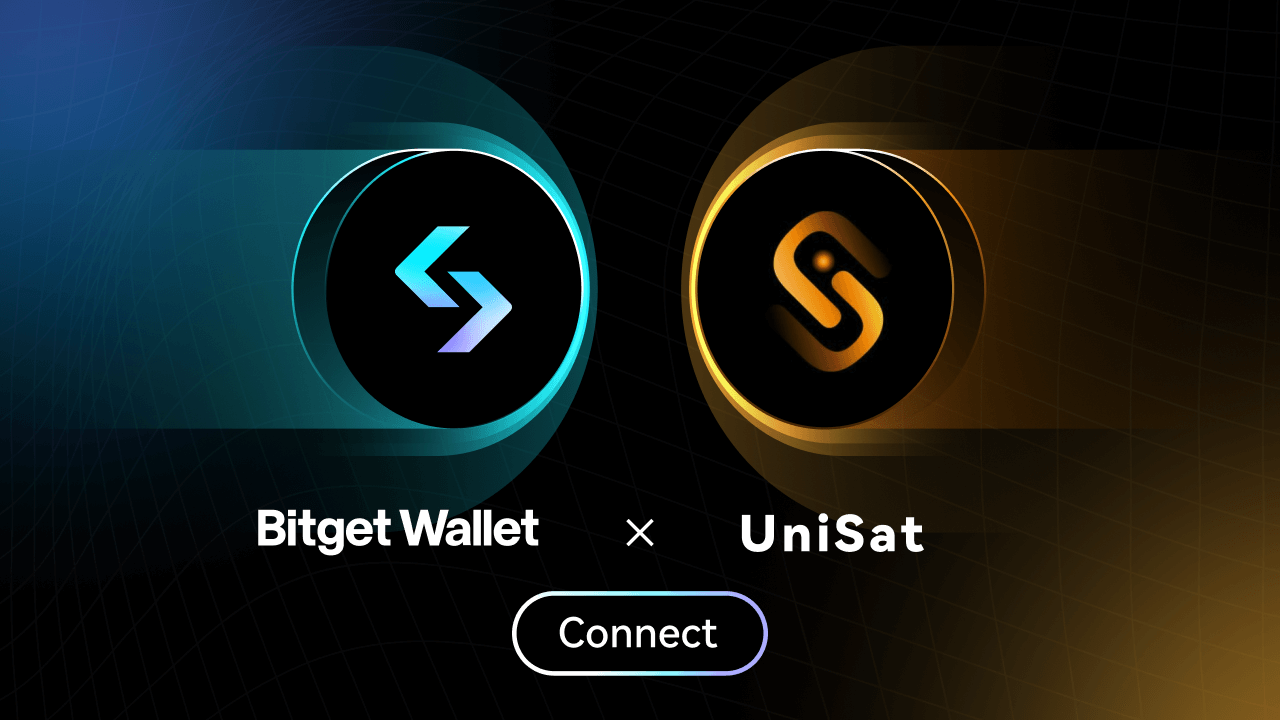
Seamless Cross-Chain Swaps: Users can swap mainstream tokens like ETH, SOL, BNB for ecosystem tokens such as BERA and SONIC in one click, streamlining participation in diverse blockchain activities without switching platforms.
-
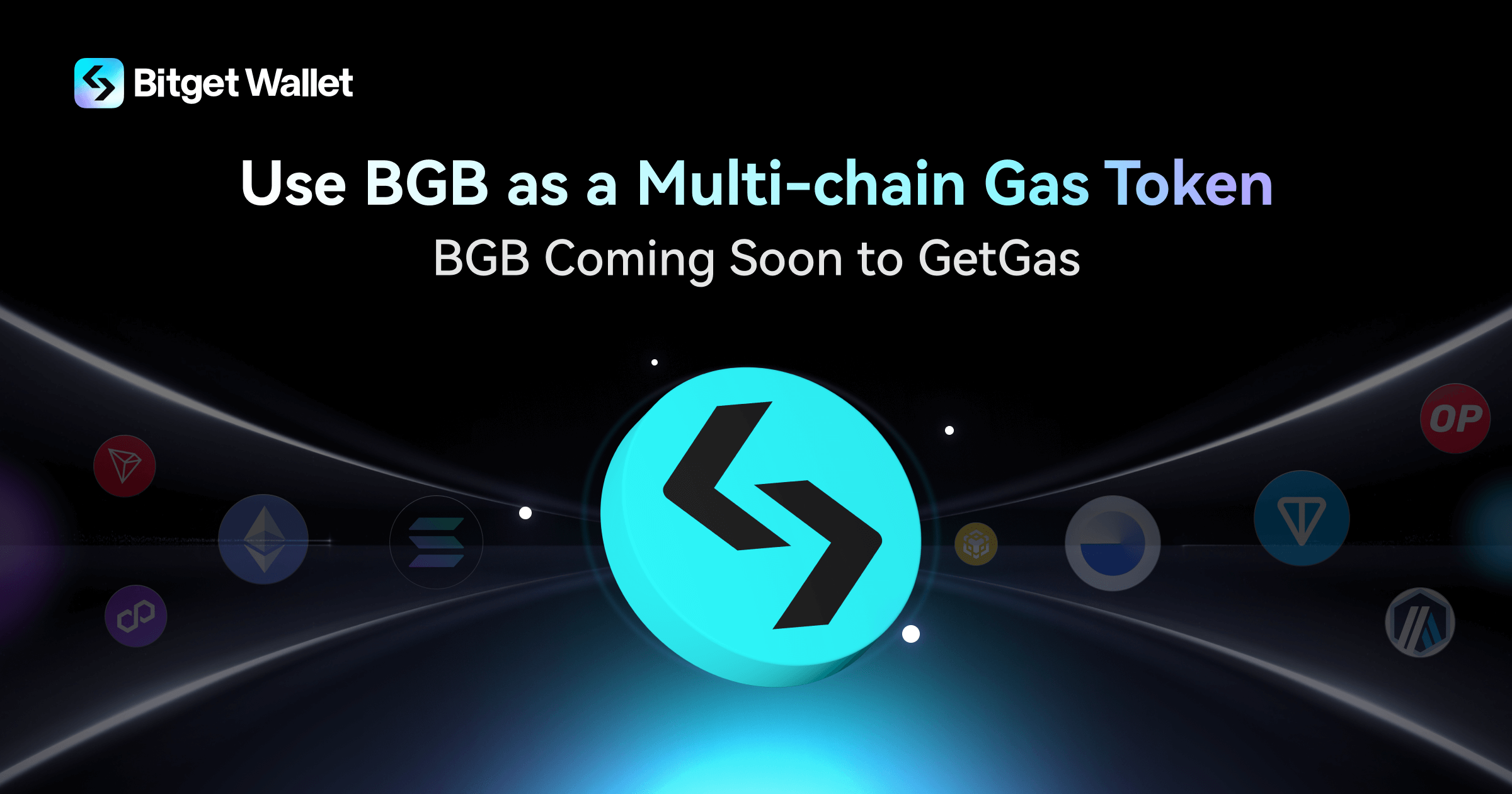
Gas Abstraction via GetGas: Bitget Wallet’s GetGas feature allows for gasless transactions by providing the required gas token on the destination chain, removing the barrier of acquiring native tokens for each blockchain.
-
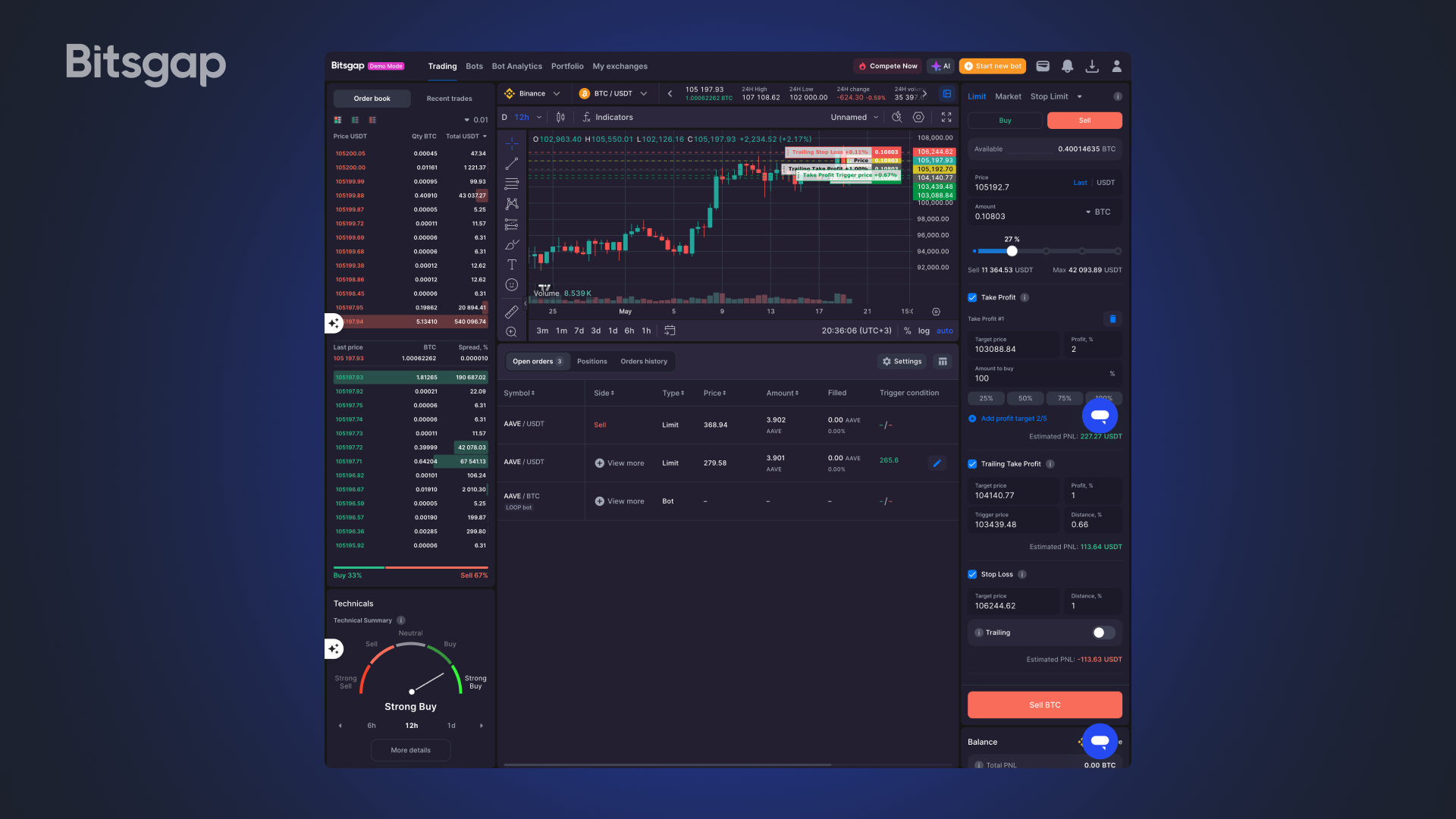
Integrated Real-Time Market Data: The wallet offers live market charts and on-chain analytics, empowering users to make informed trading decisions directly within the app.
-
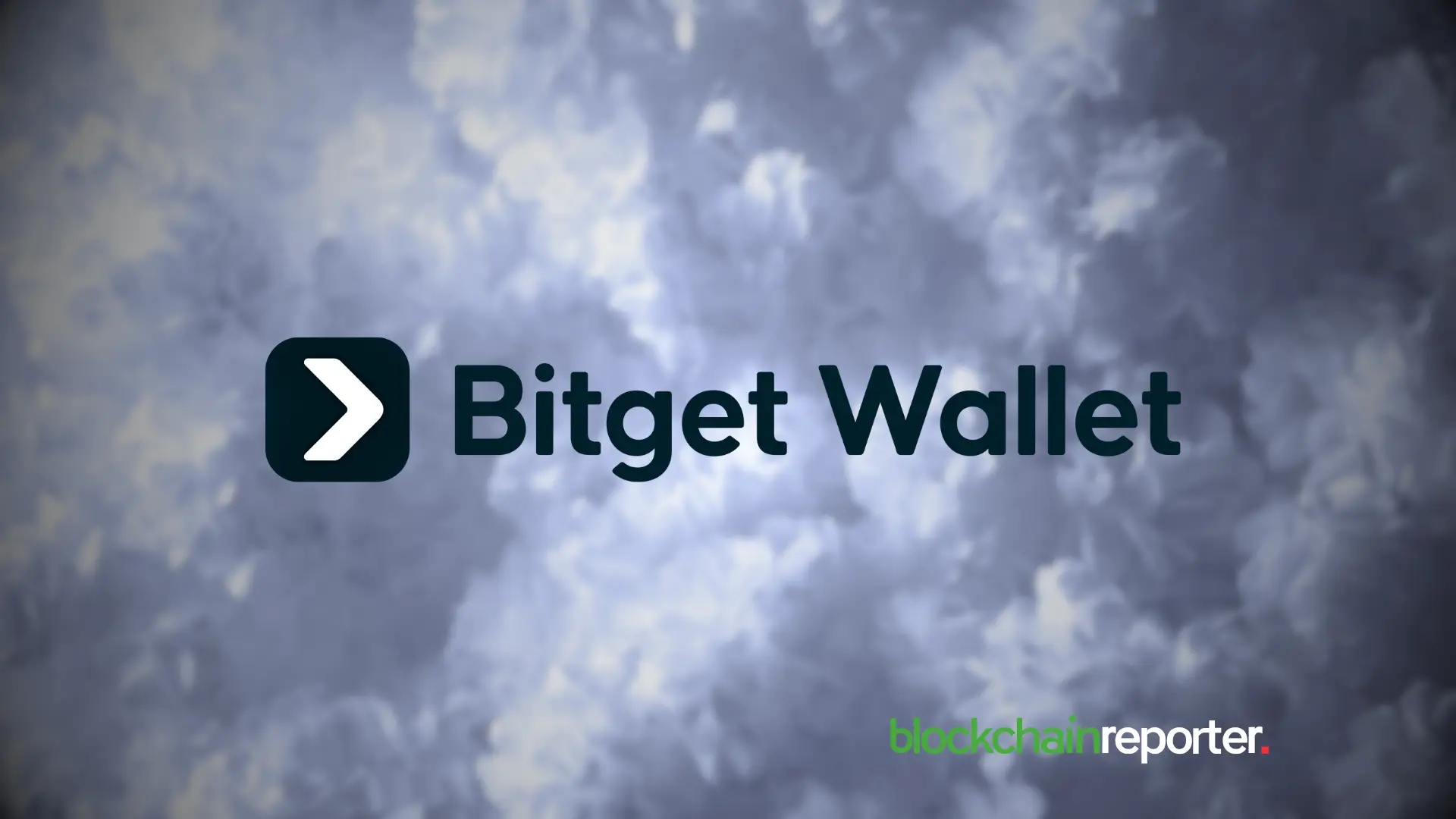
Support for 130+ Blockchains and Millions of Tokens: Bitget Wallet stands out by supporting an extensive range of blockchains and tokens, providing access to hundreds of DEXs and a wide variety of DeFi opportunities.
-

Advanced Security with MPC Recovery: Bitget Wallet employs Multi-Party Computation (MPC) for keyless wallet recovery, enhancing user security and simplifying account restoration compared to traditional seed phrase methods.
-
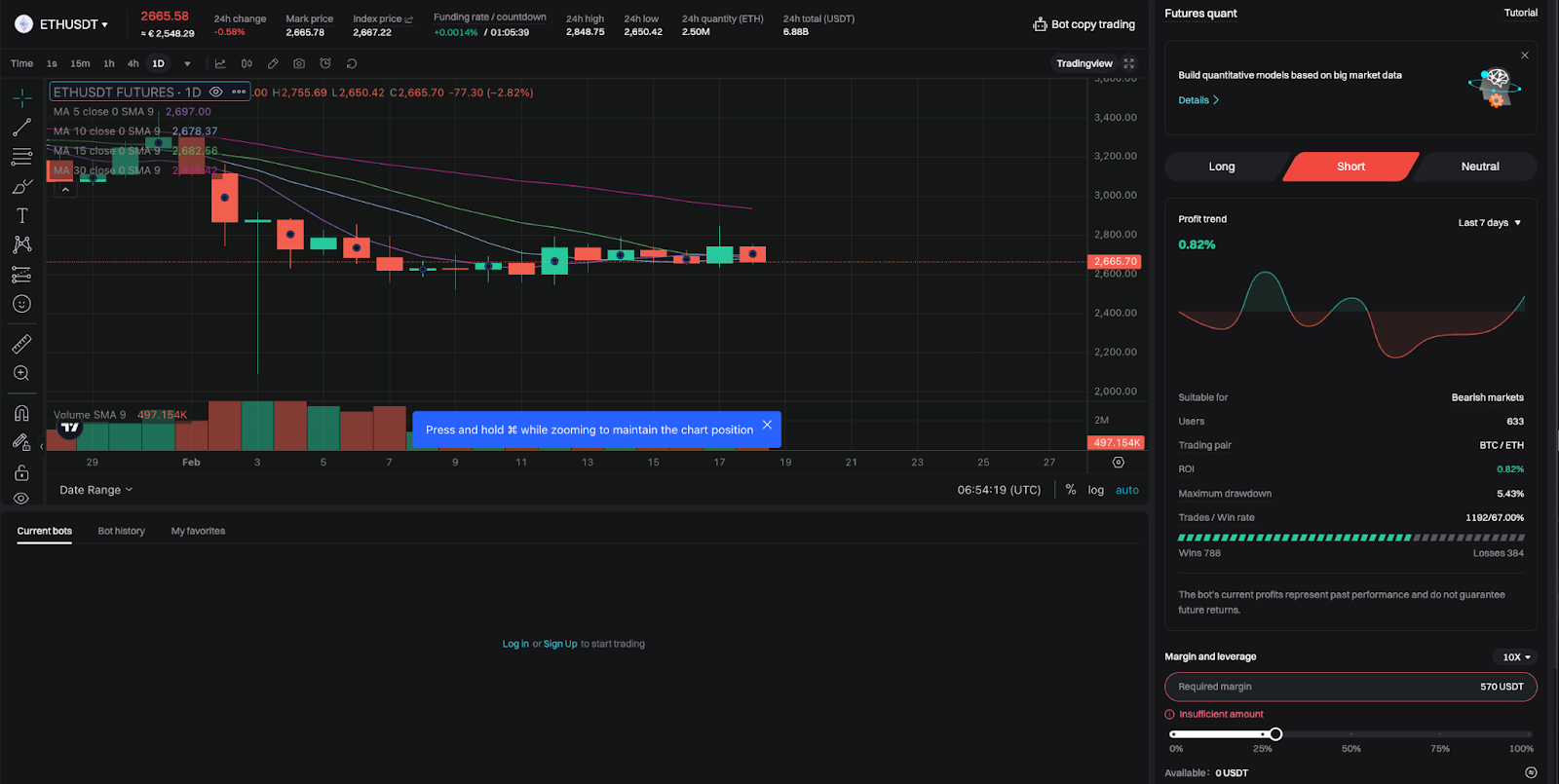
AI-Powered Trading Tools: The wallet integrates AI-driven analytics and trading tools, offering users advanced insights and automated strategies to optimize their cross-chain trading experience.
The platform also provides real-time market charts and on-chain analytics, empowering users to make data-driven trading decisions without leaving their unified wallet environment.
The Rise of Chain Abstraction in User Experience Design
The current trend toward chain abstraction is not just about technical interoperability; it’s about delivering a truly seamless user experience. By removing manual steps like bridging or switching networks, unified wallets are lowering cognitive load and operational risk for end-users. This approach aligns closely with Web3’s vision of universal access – where asset management, trading, and dApp interaction happen through one intuitive interface regardless of underlying blockchain infrastructure.
Bitget’s strategy exemplifies this shift. Its unified multi-chain account system now supports Ethereum, Solana, BNB Chain, Base, Berachain, Sonic, and more under one roof (MarketWatch coverage). This integrated approach unlocks new efficiencies for both retail investors and power users navigating an increasingly diverse crypto ecosystem.
Beyond Bitget, platforms like Unity Wallet are also pushing the boundaries of what a multi-chain wallet solution can deliver. Unity’s focus on intuitive design and robust interoperability reflects a broader industry movement to streamline asset management and cross-chain activity. Both wallets are leveraging chain abstraction to minimize friction points that previously hindered user adoption and capital efficiency.
Where traditional wallets often forced users to manage multiple accounts, memorize seed phrases for each chain, and manually bridge assets, today’s unified wallets automate these processes. This not only reduces the risk of human error but also increases transaction speed and reliability – critical factors for both traders and casual users alike.
Security, Self-Custody, and Advanced Features
Security remains paramount in the unified wallet race. Bitget Wallet’s adoption of MPC (Multi-Party Computation) recovery means users benefit from keyless self-custody without compromising on safety. This approach, combined with features like Super DEX aggregation and real-time token price tracking, positions Bitget as a strong contender for self-custody in 2025 (Coin Bureau review).
The ability to interact with hundreds of DEXs across 130 and blockchains gives users unparalleled flexibility. For example, a user can swap tokens between Ethereum and Berachain or participate in new DeFi protocols on Sonic – all without leaving their primary wallet interface. These capabilities are not just conveniences; they represent a structural shift in how liquidity moves across the crypto landscape.
User Experience: From Fragmentation to Fluidity
The impact of unified crypto wallets is perhaps most visible in their user experience upgrades. By consolidating asset management, trading, staking, and analytics into one platform, these wallets eliminate the fragmentation that once defined cross-chain interactions. The result is a more fluid onboarding process for newcomers and greater operational agility for experienced investors.
This evolution is also reflected in community sentiment around seamless blockchain transactions. Users increasingly expect intuitive interfaces that abstract away technical hurdles – whether they’re swapping tokens or tracking portfolio performance across multiple chains.
What’s Next: The Future of Unified Crypto Wallets
The rapid expansion of supported blockchains (now over 130 on Bitget) signals an accelerating trend toward comprehensive chain abstraction user experience. As more dApps integrate with unified wallets, we can expect further improvements in transaction routing efficiency, gas optimization strategies like GetGas, and enhanced security models that blend MPC with biometric authentication.
This ongoing innovation will likely drive broader adoption among both retail users seeking simplicity and institutional players demanding robust infrastructure. Ultimately, platforms like Bitget and Unity are not just simplifying crypto transactions – they’re laying the groundwork for a truly interoperable digital economy where network boundaries become invisible to the end-user.
